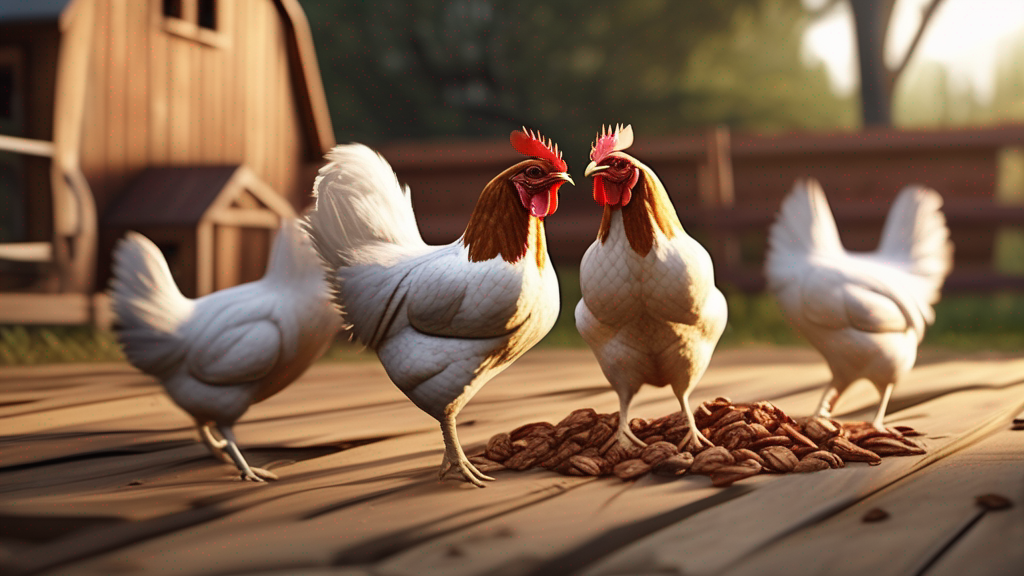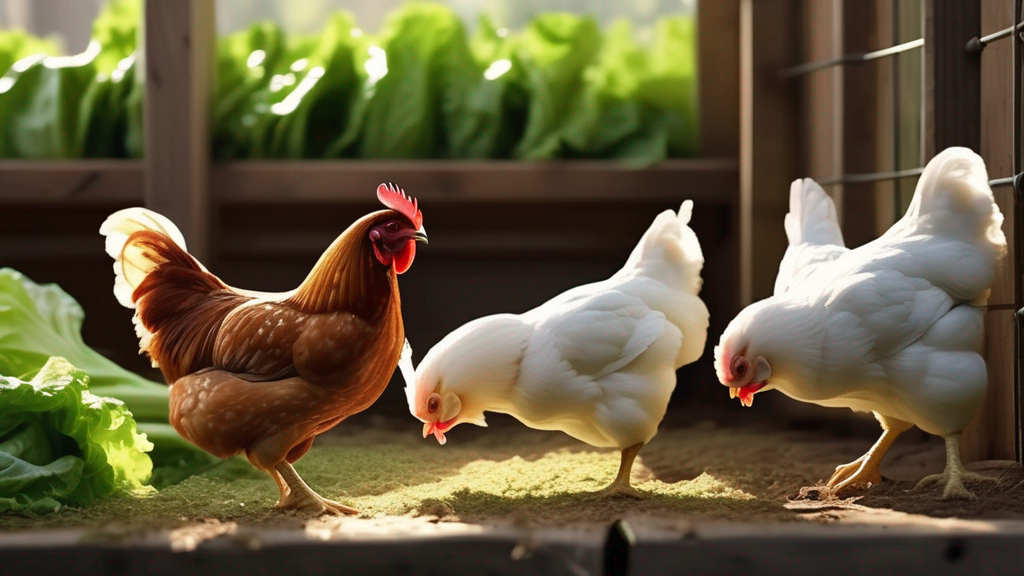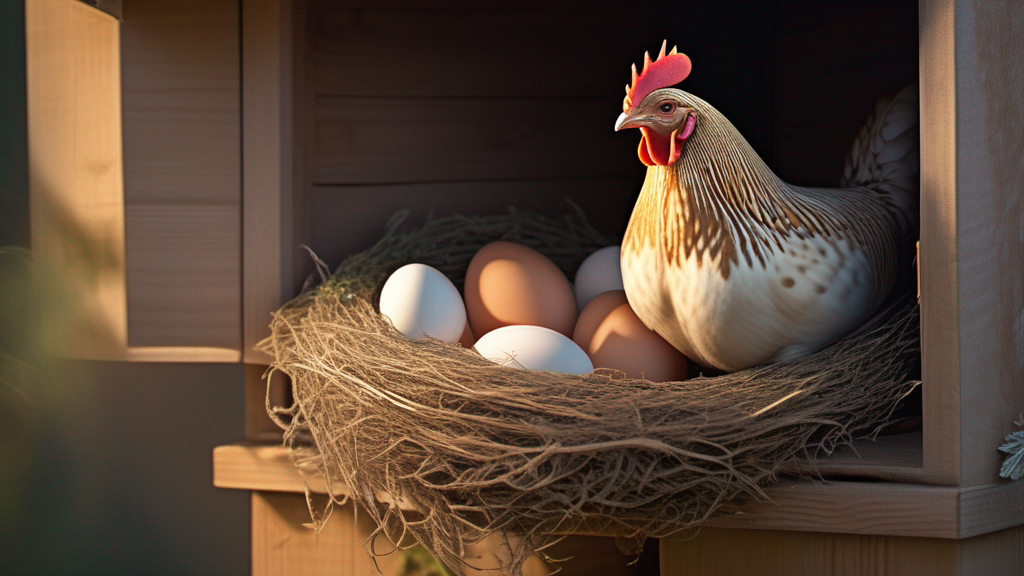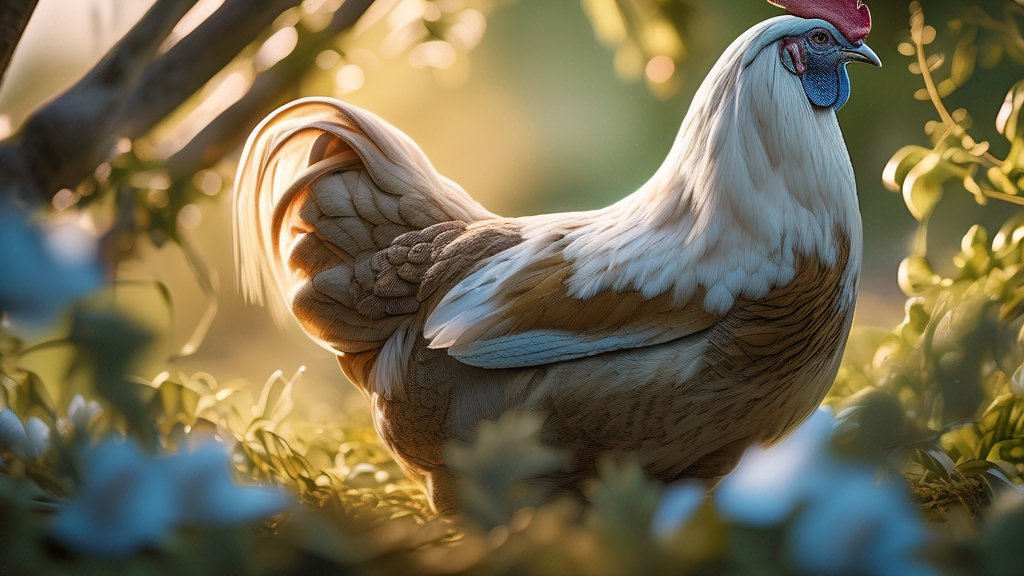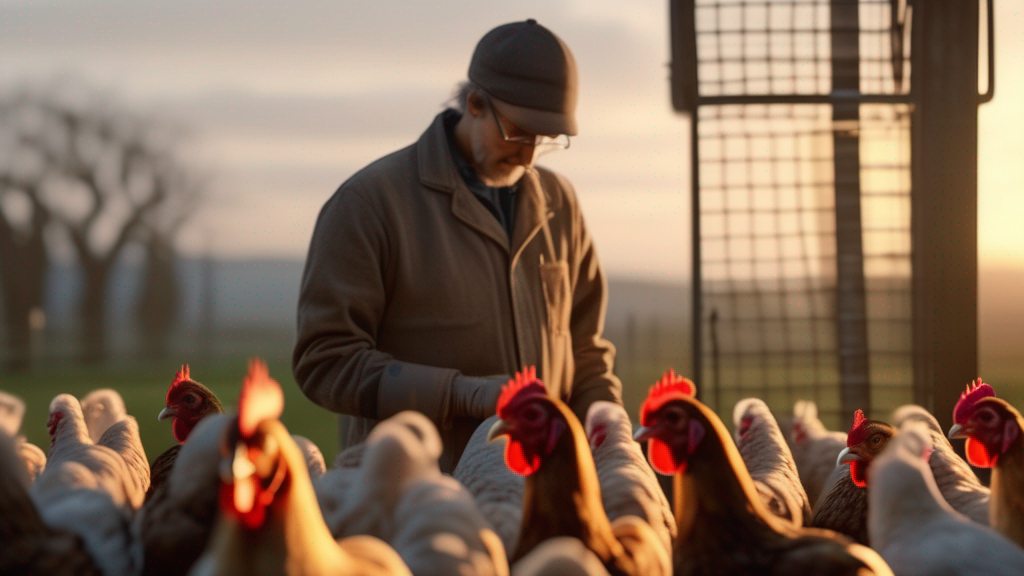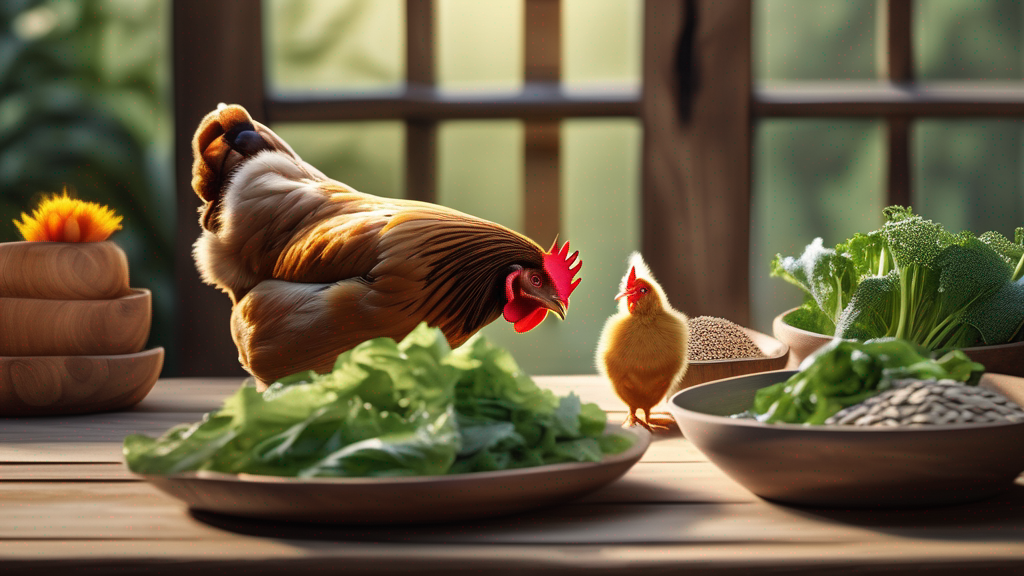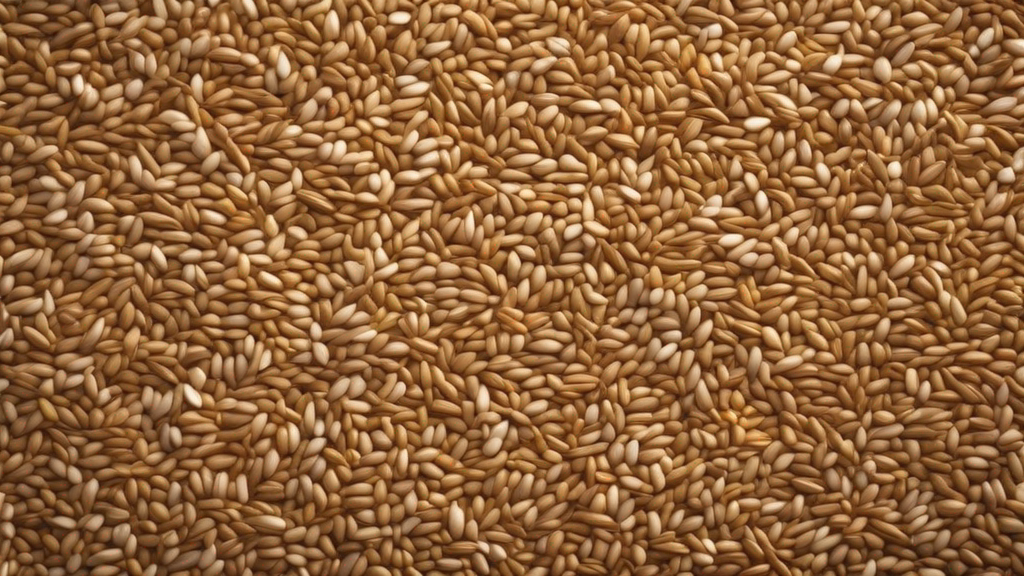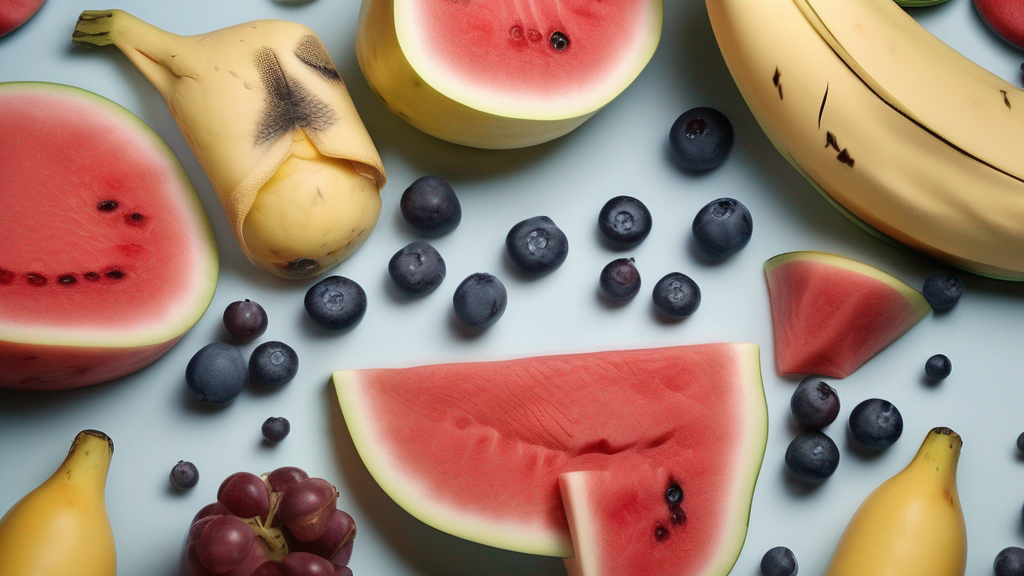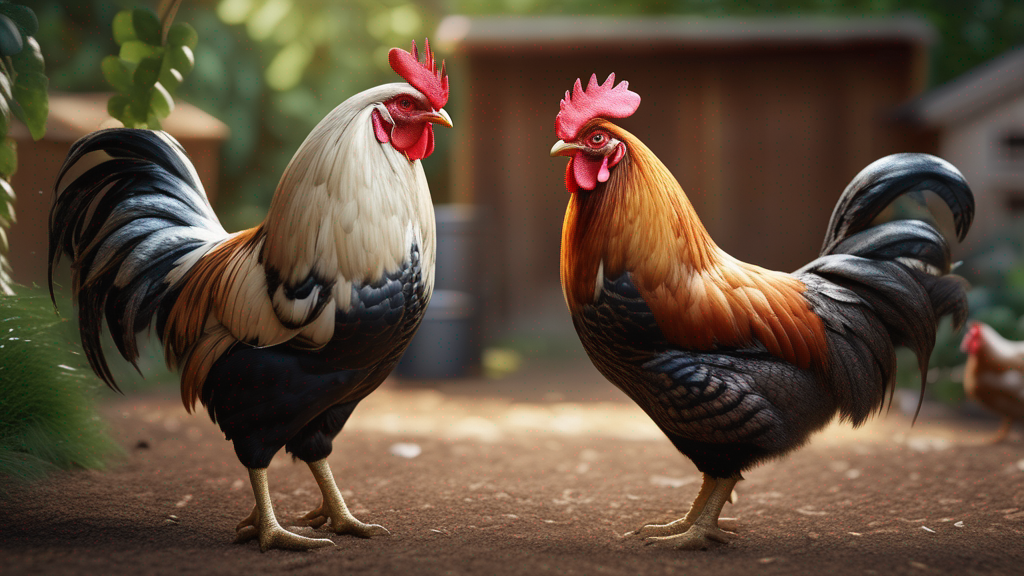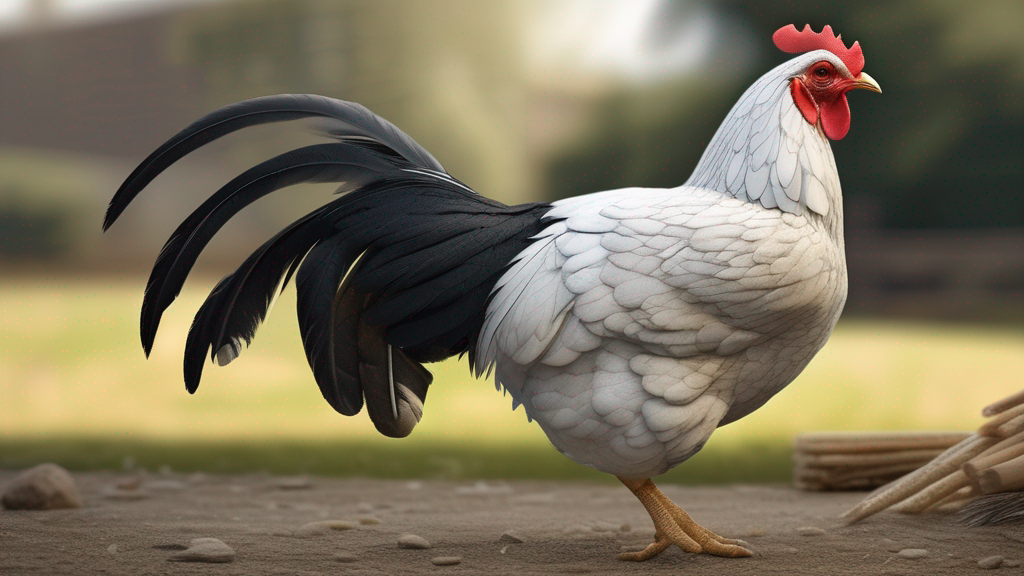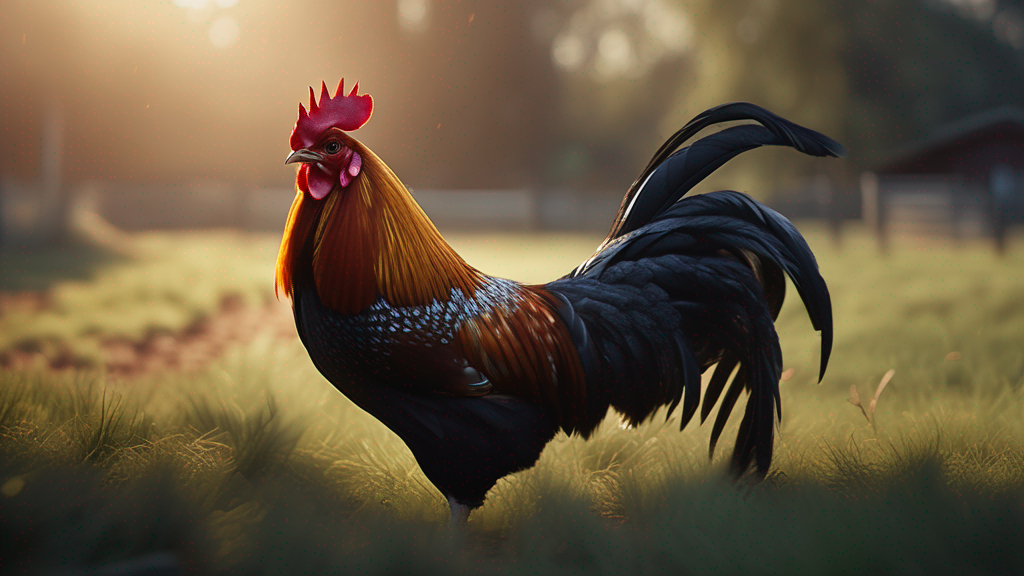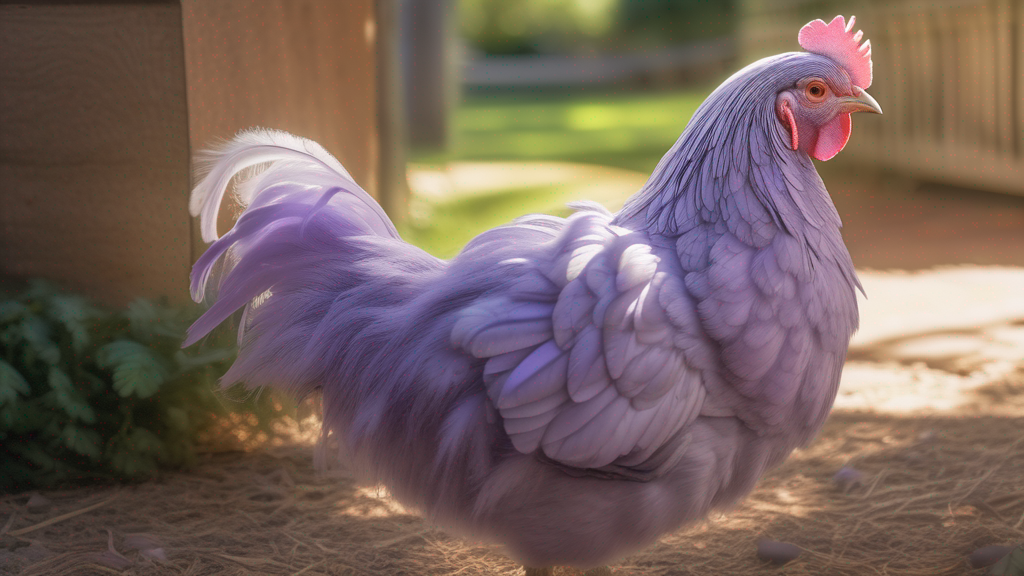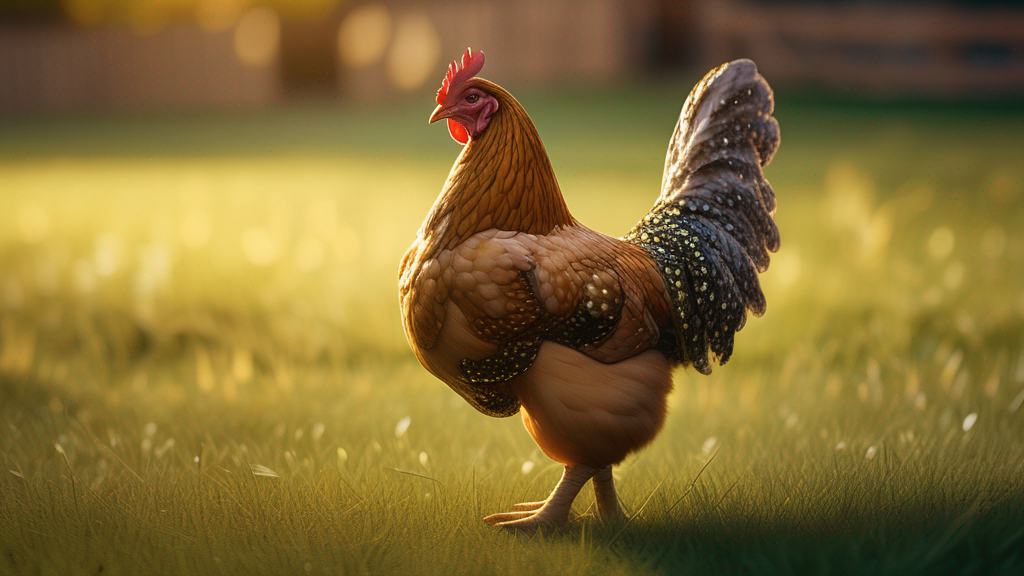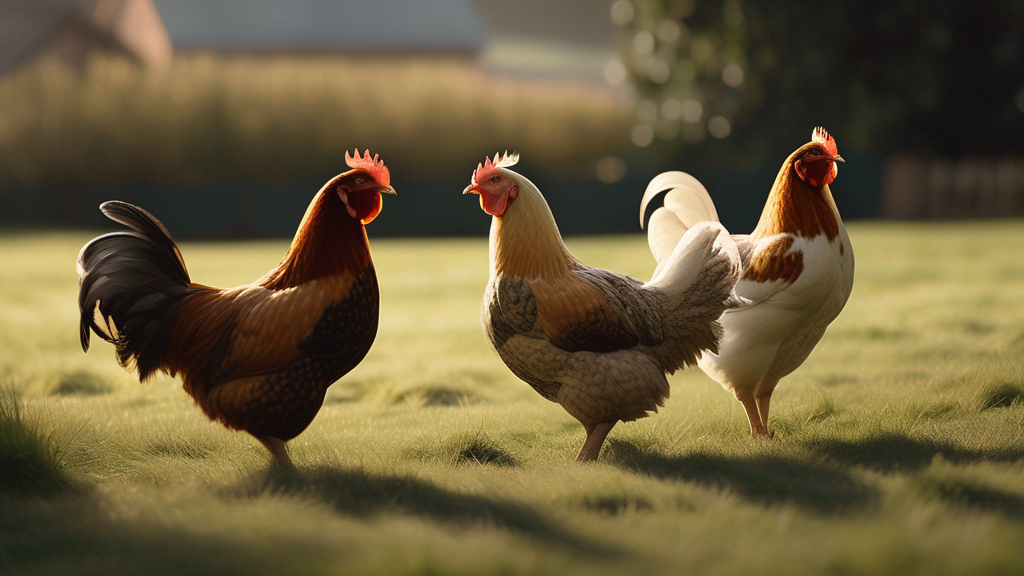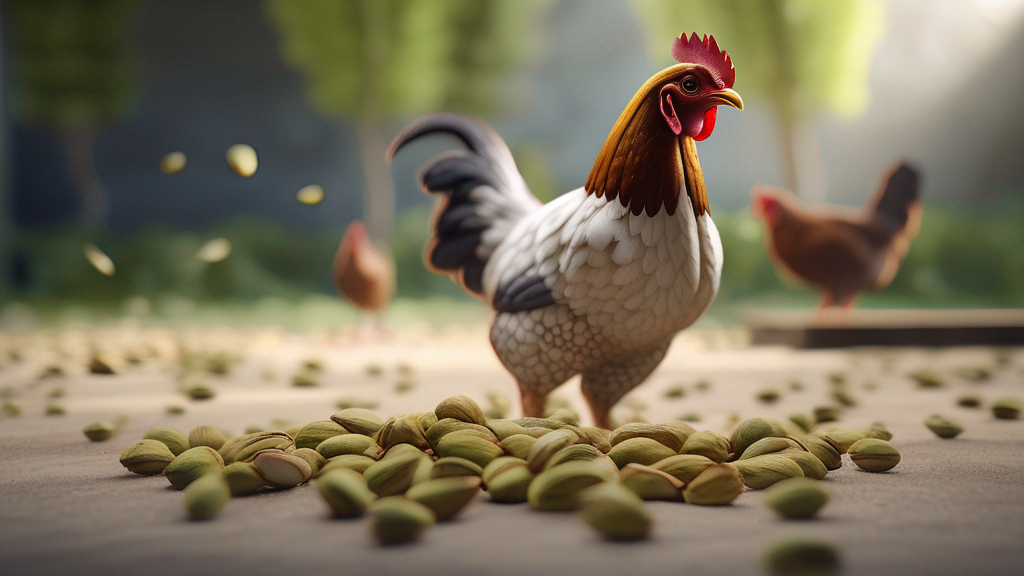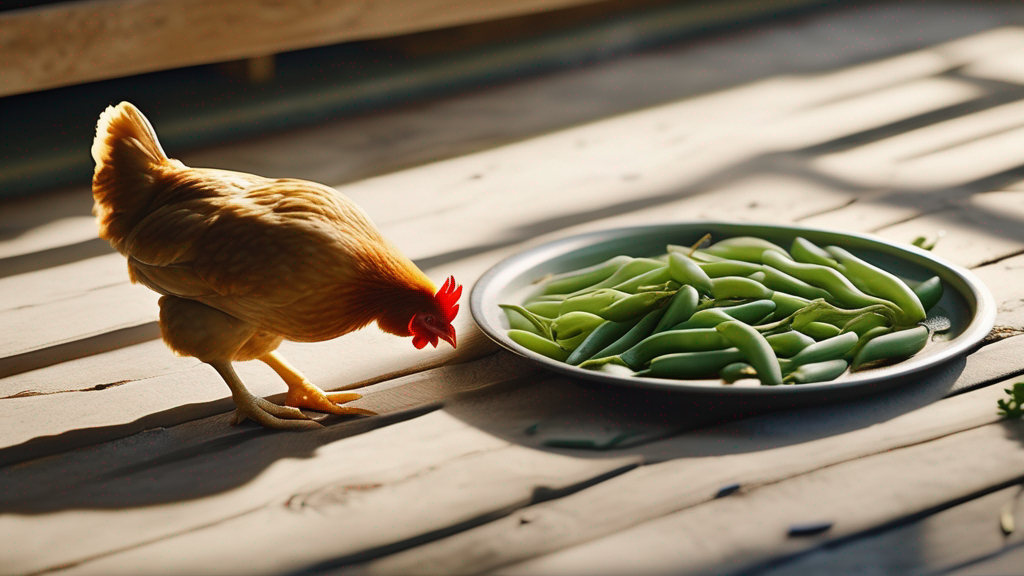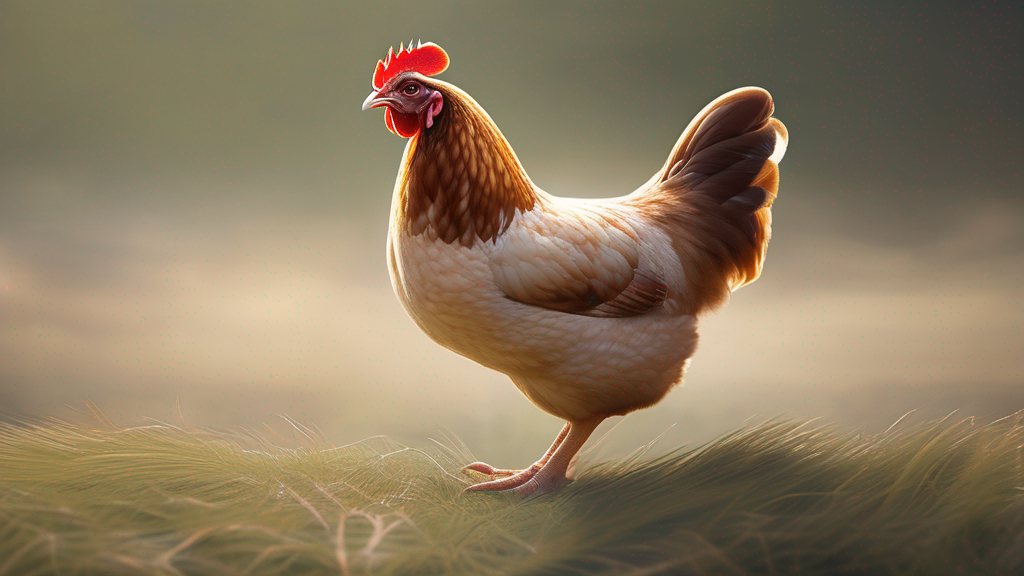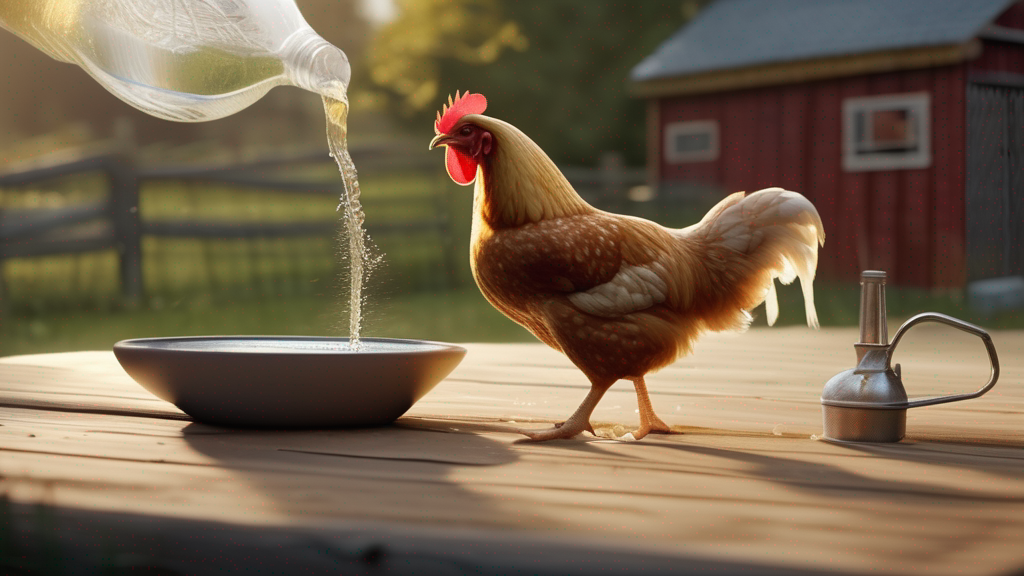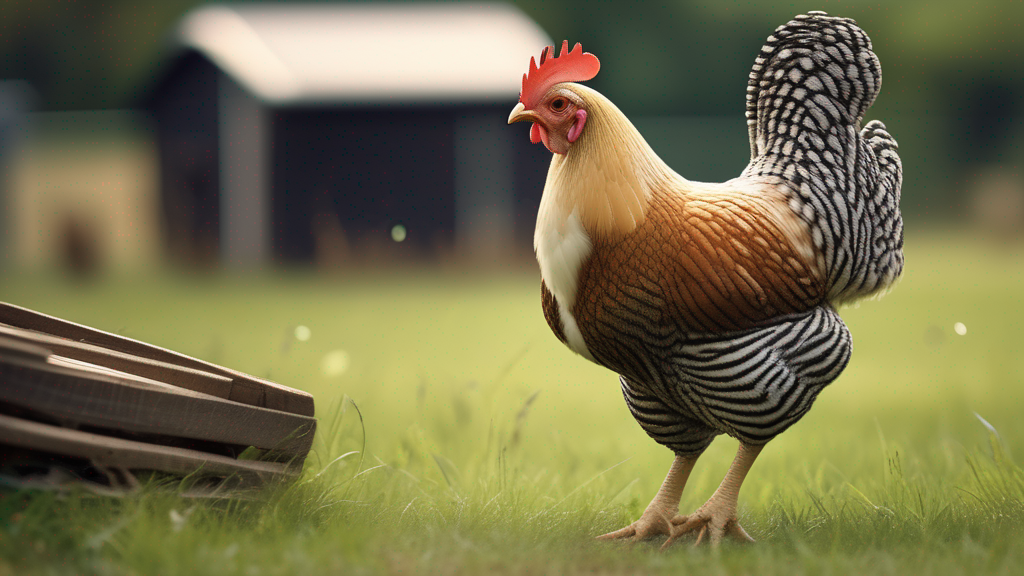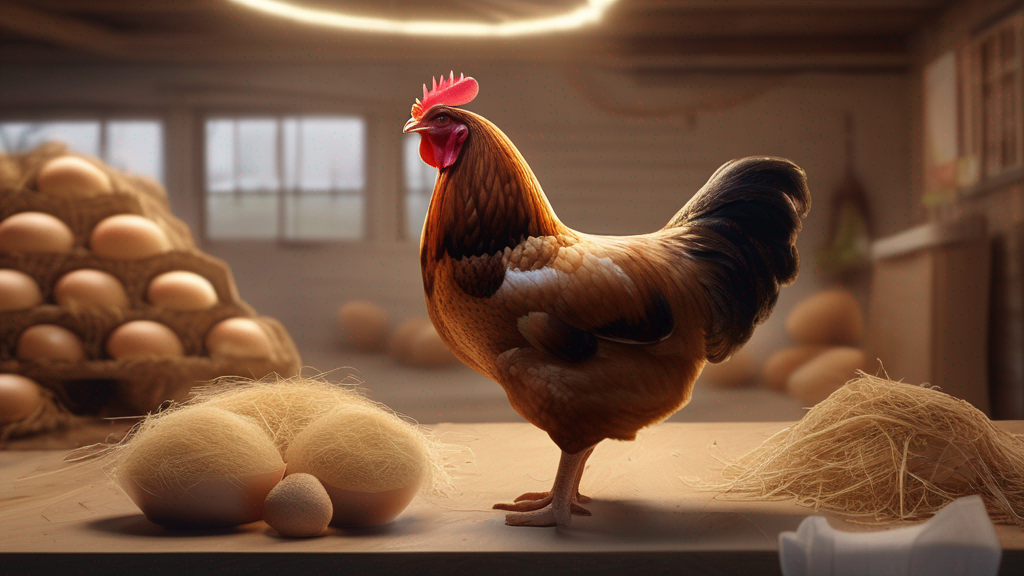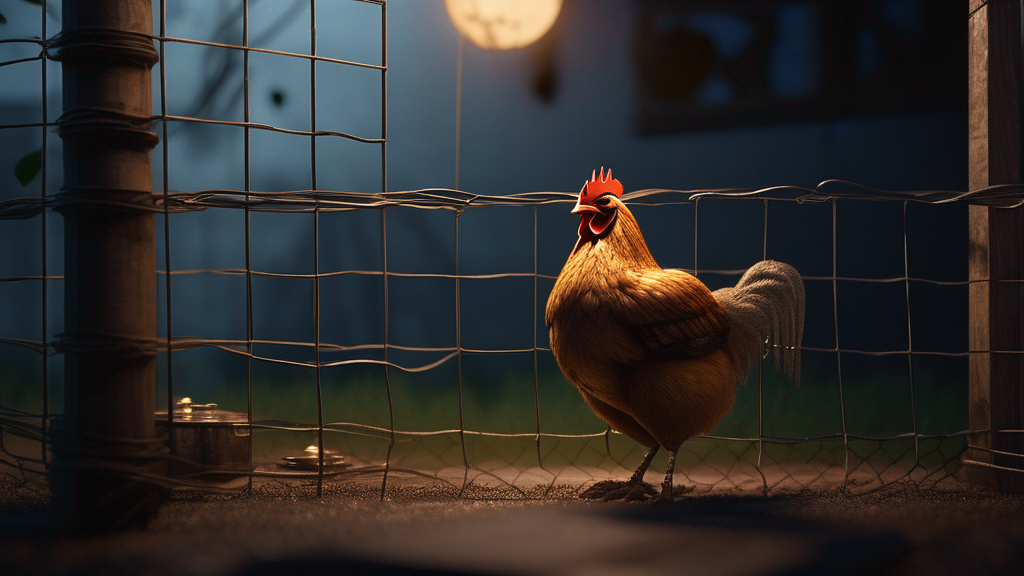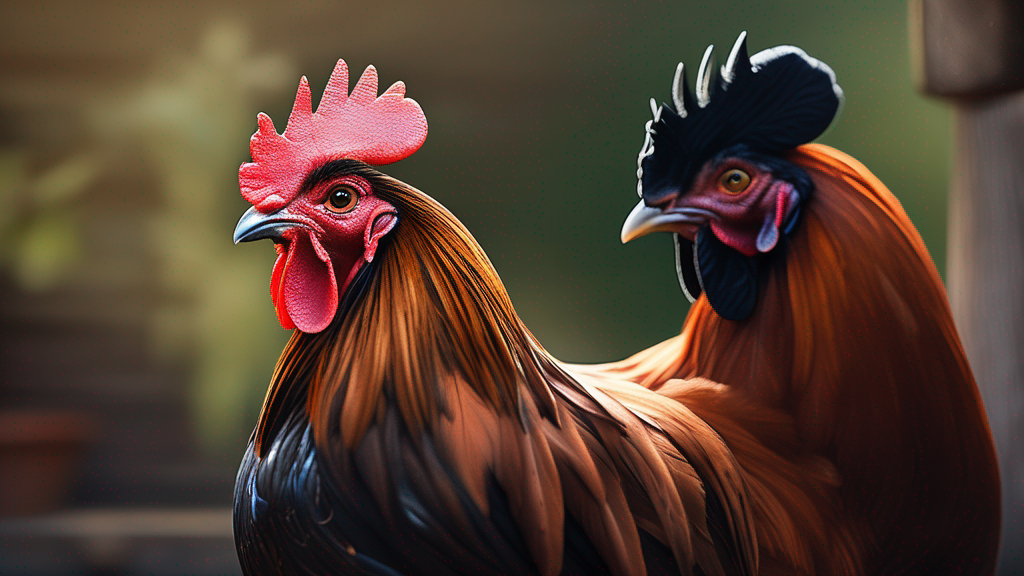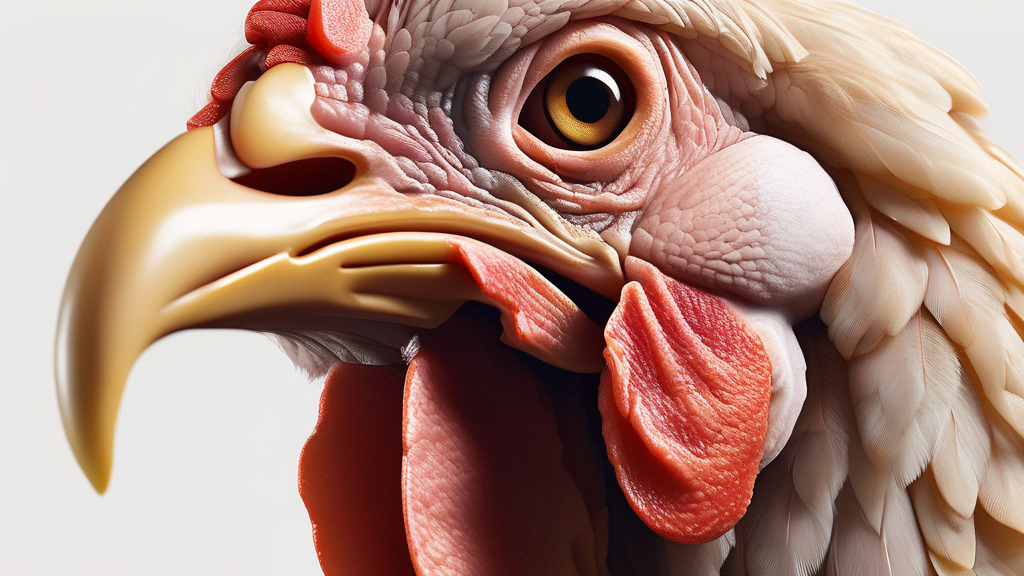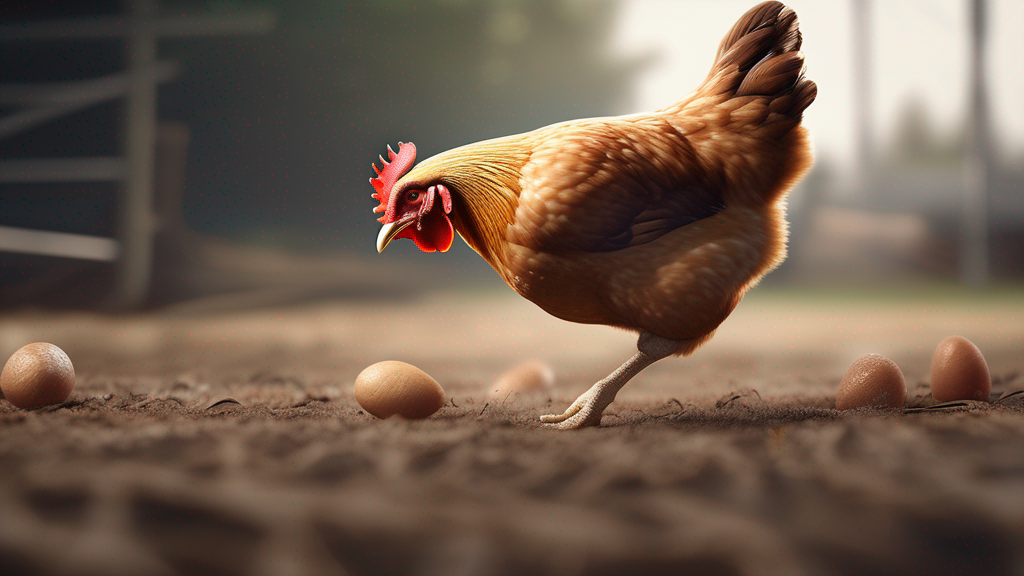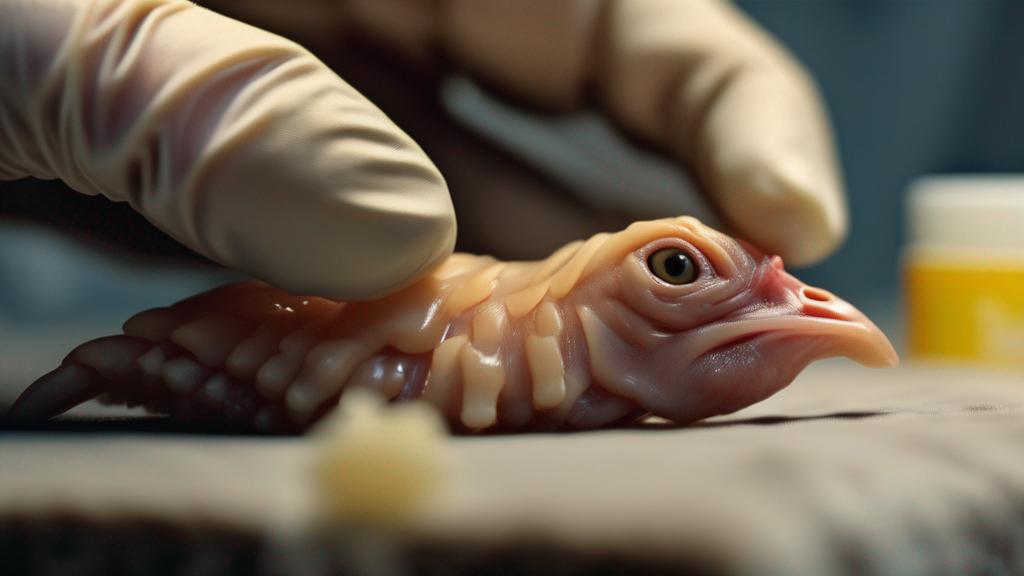Raising baby chicks can be one of the most rewarding experiences for backyard poultry keepers, but success hinges on many details—chief among them is choosing the right bedding. Bedding in the brooder influences temperature regulation, moisture control, hygiene, chick comfort, and overall health. With so many options on the market (and some DIY alternatives), understanding advantages, drawbacks, costs, and proper management of each bedding type is essential.
In this extensive guide, we will explore 7 top bedding materials for baby chicks, diving into pros and cons, best practices for use, cost-effectiveness, environmental considerations, hygiene management, and troubleshooting common issues. This article exceeds 1800 words to provide a thorough resource for both new and experienced chicken keepers. Read on to discover which bedding suits your brooder setup and how to manage it for thriving chicks.
Why Bedding Choices Matter Deeply
Bedding might seem like a simple detail, but it performs multiple crucial roles:
- Moisture Absorption: Chicks produce droppings frequently; effective bedding wicks away moisture to keep the brooder dry and reduce ammonia buildup.
- Grip & Leg Health: A stable, non-slippery surface prevents splayed legs or spraddle leg in early life. Bedding must provide traction.
- Thermal Insulation: Chicks require warm conditions (e.g., 32–35°C initially). Bedding affects heat retention and distribution under the heat lamp.
- Odor and Air Quality: Absorbing droppings and minimizing ammonia helps respiratory health and reduces odors.
- Enrichment: Bedding that allows scratching encourages natural behaviors, reducing boredom stress and promoting exercise.
- Pathogen Control: Certain bedding types can harbor or inhibit microbial growth; proper management reduces risk of infections.
- Ease of Cleaning & Maintenance: Bedding that is easy to change or manage saves time and labor, especially with frequent changes in early weeks.
- Environmental Impact & Composting: Understanding disposal or composting implications helps sustainable management.
Incorrect bedding can lead to respiratory irritation, leg deformities, poor growth, increased mortality, and extra labor. Hence, evaluating each option carefully is important.
Comparison Table: 7 Bedding Options with Pros, Cons, Cost & Environmental Notes
Below is a summary comparison. Cost and environmental impact are approximate and vary by region.
| Bedding Type | Pros | Cons | Approx. Cost | Environmental/Disposal Notes |
|---|---|---|---|---|
| Pine Shavings | Absorbent; insulating; widely available; natural deodorizer | Some dust (choose kiln-dried); avoid cedar (toxic oils) | Low–moderate (bulk bags affordable) | Composts well; renewable wood source if sustainably harvested |
| Paper Towels | Excellent traction for day-old chicks; easy health monitoring | Poor absorption; frequent replacement; generates more waste | Moderate (consumable weekly in early days) | Not ideal for compost if bleached/printed; can be recycled or compost if plain unbleached |
| Straw (chopped) | Good insulation; natural and compostable; cheap in agricultural areas | Can mat when wet; mold risk; possible mites if not clean | Low (seasonal availability); moderate if bought off-season | Composts well if dry; watch for seeds sprouting in compost |
| Hemp Bedding | Highly absorbent; low dust; longer-lasting between changes; antimicrobial properties | Higher upfront cost; variable availability | High (premium product), but less frequent replacement offsets cost | Composts rapidly; sustainable crop; minimal chemical use |
| Sand | Excellent drainage; natural scratching; odor control; reusable after sifting | Heavy to handle; requires daily sifting; may get cold in winter | Low–moderate (depending on sourcing and transport) | Reusable many times; does not decompose; eventual disposal challenging but long-lasting use reduces waste |
| Puppy Pads | Ultra-absorbent; easy early cleaning; prevents slipping for first days | Not absorbent enough for longer periods; non-biodegradable; cost accumulates | Moderate (daily replacements first week) | Generates waste; disposal in trash; biodegradable options limited |
| Rubber Shelf Liner | Reusable; anti-slip; easy to wash; droppings visible for health checks | Non-absorbent (needs absorbent layer beneath); regular cleaning required | Moderate–low (one-time purchase, long-term use) | Reusable product reduces waste; eventual disposal synthetic material |
1. Pine Shavings
Overview: Pine shavings (kiln-dried, softwood) are among the most popular choices for chick bedding. They offer good absorbency, insulation, and deodorizing properties. Avoid cedar shavings as cedar contains aromatic oils harmful to chick respiratory systems.
Benefits:
- Highly absorbent—wicks moisture from droppings
- Provides insulating layer under heat lamp
- Natural deodorizer helps control ammonia smell
- Relatively inexpensive and widely stocked at farm stores
- Composts readily, returning organic matter to soil
Drawbacks & Mitigations:
- Dust: Some shavings can be dusty. Use kiln-dried, low-dust varieties to reduce respiratory irritation. Stir bedding gently rather than vigorous fluffing.
- Depth Management: Too deep a layer can insulate heat excessively; maintain 1–2 inches depth. Excessive depth may hide wet spots; stir daily to spot damp areas.
- Replacement Frequency: Early weeks require changing every 3–4 days or as needed. Monitor moisture and odor to decide timing.
Cost & Sourcing:
Typically sold in large bags. Buying in bulk or from local sawmills may lower cost. Ensure the source uses untreated wood without chemical additives.
Environmental & Composting:
Once soiled, pine shavings make excellent compost material combined with green waste (droppings add nitrogen). Compost thoroughly before applying to edible gardens.
Usage Tips:
- Line brooder floor with a paper towel or liner first for day-old chicks, then add 1–2 inches of shavings when chicks are stable on feet.
- Stir bedding daily to aerate and spot damp patches.
- Remove heavily soiled clumps promptly to maintain dry environment.
- Combine with rice hulls or hemp bedding in some setups to balance cost and performance.
2. Paper Towels (or Butcher Paper/Newspaper Alternatives)
Overview: Paper towels provide immediate, slip-proof footing for newly hatched chicks. They allow keepers to monitor droppings and catch early health issues. However, due to poor absorption, they require frequent replacement and generate more waste.
Benefits:
- Excellent traction for day-old chicks—prevents spraddle leg
- Easy to observe droppings, aiding early disease detection (e.g., pasty butt)
- Quick to lay down immediately after hatching
- Allows close monitoring during the vulnerable first 2–3 days
Drawbacks & Mitigations:
- Poor Absorption: Requires replacement 1–2 times daily; not suitable beyond first 3–5 days. Transition to absorbent bedding swiftly.
- Waste Generation: Produces disposable waste; choose unprinted, unbleached paper towels or plain butcher paper when possible to ease composting.
- Cost: Can be more expensive over time; reserve for initial days only.
Cost & Sourcing:
Use generic plain paper towels or butcher paper (uncoated). Avoid printed newspaper (ink may be toxic or cause leg slipping). Some keepers use kraft paper or cardboard cut to size—ensure texture provides traction and no harmful inks.
Environmental & Disposal:
Plain, unbleached paper can compost if free from chemicals. Avoid bleached or printed materials in compost used for edible plants.
Usage Tips:
- Line the brooder floor with a single layer for traction; when wet, change immediately.
- Once chicks begin scratching bedding, replace paper towels with absorbent bedding (pine shavings or hemp).
- Monitor chick behavior and droppings; paper towels ease early health checks.
- Keep waterers and feeders on raised stands above paper to reduce spills.
3. Straw (Chopped)
Overview: Straw—stalks of grains like wheat or oats—can serve as an insulating bedding. When chopped to short lengths, it offers traction and warmth but requires careful moisture management to prevent mold or pests.
Benefits:
- Good insulation in cooler brooders or climates
- Natural and renewable if sourced locally
- Composts easily, adding carbon to compost piles
- Cheaper when in-season and locally available
Drawbacks & Mitigations:
- Matting & Mold: Straw can mat when wet, harboring mold or mites. Mitigate by using chopped straw, ensuring dryness, and daily inspections.
- Leg Wrap Risk: Long strands may wrap around chick legs; always use chopped or small pieces, ideally <2 inches in length.
- Absorbency: Less absorbent than shavings or hemp; combine with liners or place absorbent pads beneath straw in early days.
Cost & Sourcing:
Often inexpensive or free if you have straw leftover. Ensure straw is clean (no mold, pesticides, or dust). Avoid hay (green plant material) which molds easily and may contain seeds chicks eat.
Environmental & Disposal:
Composts well but be mindful of seed content sprouting in compost. Mix with other green waste to balance compost nitrogen-carbon ratio.
Usage Tips:
- Layer over a liner or absorbent base initially; remove wet or soiled patches daily.
- Keep brooder dry; ensure adequate ventilation to prevent moisture buildup in straw.
- In colder weather, use deeper layer (2–3 inches) for insulation, checking frequently for damp spots.
4. Hemp Bedding
Overview: Hemp bedding (derived from hemp hurd) is gaining popularity for poultry, known for excellent absorbency, low dust, and antimicrobial properties. It tends to last longer between cleanouts.
Benefits:
- High absorbency—wicks moisture effectively, reducing dampness
- Low dust—gentler on chick respiratory systems
- Long-lasting—may only need changing every 7–10 days with stirring
- Natural antimicrobial compounds can inhibit some pathogens
- Breaks down rapidly in compost
Drawbacks & Mitigations:
- Cost: More expensive than shavings or straw. Mitigate by using smaller depth or combining with less costly bedding (e.g., mix 50:50 with pine shavings).
- Availability: May not be stocked locally; consider ordering online or contacting specialty suppliers.
Cost & Sourcing:
Premium price, but longer intervals between replacements can offset cost. Purchase from reputable suppliers ensuring food-grade, chemical-free hemp.
Environmental & Disposal:
Composts rapidly, producing rich compost. Hemp cultivation can be sustainable when responsibly farmed.
Usage Tips:
- Spread 1–2 inches depth; stir lightly daily to aerate and expose moist areas.
- Replace only the wettest bedding in early weeks; full cleanout every 7–10 days.
- Combine with pine shavings for cost savings while retaining absorbency benefits.
5. Sand
Overview: Fine, washed construction or play sand (ensuring it’s clean, free of harmful chemicals) can make an excellent bedding for chicks. Sand drains and dries quickly, discouraging bacterial growth.
Benefits:
- Excellent drainage—keeps surface dry
- Promotes natural scratching and foraging
- Easy to sift—removes droppings daily, reuses sand repeatedly
- Controls odor effectively
Drawbacks & Mitigations:
- Weight: Heavy to move; consider smaller brooders or partial use mixed with lighter bedding.
- Cold Retention: Sand can feel cool; ensure brooder temperature is sufficient, and use a shallow layer (1–2 inches) to allow heat lamps to warm above surface.
- Dust & Respiratory: Fine sand can be dusty; use dampening when cleaning or choose slightly coarser grade; ensure good ventilation.
- Accessibility: In colder climates, sand may harden; consider mixing with shavings or hemp for insulation.
Cost & Sourcing:
Local sourced sand may be low cost; ensure no contaminants. Bulk purchase may require transport considerations.
Environmental & Disposal:
Sand is not biodegradable; however, reuse for multiple broods. Eventually repurpose for gardening (drainage layer) or other uses rather than disposal.
Usage Tips:
- Use a shallow layer (1–2 inches) under heat lamp; ensure lamp height warms the sand without overheating.
- Sift daily with a scoop or small rake to remove droppings.
- Combine with absorbent mats or liners beneath sand in earliest days, then remove liner as chicks grow.
- Monitor temperature closely; consider warming the sand slightly before placement in cold conditions.
6. Puppy Pads
Overview: Puppy training pads (absorbent disposable mats) can be used for the first 2–3 days post-hatch. They absorb spills and droppings, offering a clean, non-slip surface initially.
Benefits:
- High absorbency for spilled water or droppings
- Prevents slipping and spraddle leg in day-old chicks
- Quick replacement ensures a clean environment
- Helps detect health issues by inspecting pads
Drawbacks & Mitigations:
- Short-Term Use Only: Ineffective long-term; must switch to absorbent bedding by day 3–5.
- Cost & Waste: Generates disposable waste; use sparingly in initial days and transition promptly.
- Non-Biodegradable: Most pads are synthetic; disposal adds to landfill. Seek biodegradable alternatives if available.
Cost & Sourcing:
Purchase small quantity for initial days; consider plain, unscented, chemical-free pads. Some brands offer compostable pads—choose those if accessible.
Environmental & Disposal:
Dispose responsibly. If compostable pads are used, follow compost guidelines. Regular pads go in trash; limit usage period.
Usage Tips:
- Line brooder bottom with pad before placing day-old chicks; change at least twice daily or when soiled.
- Provide waterers and feeders on raised stands to reduce moisture on pad.
- As chicks become active scratchers (~day 3–5), replace pads with pine shavings or hemp promptly.
7. Rubber Shelf Liner
Overview: Rubber or silicone shelf liners provide a non-slip, easy-to-clean surface. As non-absorbent bedding, they require an absorbent layer beneath or periodic removal of droppings.
Benefits:
- Reusable and washable—low waste
- Anti-slip surface helps leg health
- Easy to observe droppings for health monitoring
- Durable—one-time purchase for many broods
Drawbacks & Mitigations:
- Non-Absorbent: Must pair with absorbent liner (paper towels initially, then shavings or hemp beneath rubber). Or remove and clean multiple times per day.
- Cleaning Effort: Frequent washing needed to maintain hygiene; plan for labor/time.
- Initial Investment: Slightly higher up-front cost but amortized over long use.
Cost & Sourcing:
Purchase good quality liner cut to brooder size. Consider thickness to provide slight cushioning. A single liner can serve for years if maintained.
Environmental & Disposal:
Reusable nature reduces waste. Eventually dispose of worn liners; reuse or recycle if possible.
Usage Tips:
- Place absorbent layer (paper towels or hemp/pine) beneath the rubber. Rubber on top prevents chicks scratching bedding into long strands and makes cleanup easier.
- Wash liner daily or as needed: remove droppings, scrub with mild soap, rinse, dry before replacing.
- Monitor underlying bedding moisture; change underlying layer promptly when wet.
- For sick chicks or hospital brooder, rubber liner simplifies sanitation.
Advanced Bedding Management & Brooder Setup
Beyond choosing a material, how you manage bedding and brooder environment matters greatly. Here are deeper considerations and practices:
Brooder Size & Heat Source Interaction
Smaller brooders concentrate heat; bedding choice can amplify or dissipate heat. For example, sand in a small brooder under a lamp can become hot on surface—monitor temperatures. In larger brooders, bedding should help chicks locate warm zone easily (e.g., deeper pine shavings in chillier corners).
Bedding Depth & Layering
- Initial Days: Use paper towels or puppy pads topped by a very shallow layer of shavings/hemp under the rubber liner for traction and hygiene checks.
- Week 1+: Increase absorbent bedding depth to 1–2 inches. Stir daily to break up caked droppings and expose fresh surface.
- Week 2+: As chicks grow and scratch vigorously, bedding may spread thin; add fresh material to maintain depth and dryness.
- Layer Combinations: Combining pine shavings with hemp (50:50) can reduce dust and cost while retaining absorbency. For hotter climates or brooders, mixing sand at low ratio (10–20%) can improve drainage but requires careful temperature management.
Ventilation & Airflow
Good ventilation prevents moisture buildup in bedding and reduces ammonia. Ensure brooder has screened or ventilated sides above chick height to allow fresh air without drafts at chick level. Bedding that traps moisture (e.g., wet straw) can worsen air quality; monitor humidity and airflow.
Temperature & Humidity Monitoring
Chicks need consistent warmth. Use a reliable brooder thermometer at chick level. Bedding selection influences humidity: highly absorbent bedding (hemp, shavings) helps maintain lower humidity; wet bedding increases humidity and chilling risk. Replace or stir bedding to manage moisture.
Sanitation & Disease Prevention
- Daily Checks: Inspect bedding for wet spots or caking. Remove soiled material promptly.
- Complete Cleanouts: Schedule full bedding change at least weekly in first month; frequency depends on brood size and bedding type.
- Disinfection: Between batches (when all chicks move out), thoroughly clean and disinfect brooder floor and equipment before fresh bedding.
- Parasite Control: Some bedding types (straw) may harbor mites or lice if not properly stored. Purchase fresh, clean material and monitor chicks for external parasites.
- Mold & Fungal Risks: Wet bedding can foster mold. Avoid damp straw or shavings. If mold detected, remove immediately and disinfect area.
Behavioral Enrichment & Bedding Interaction
Bedding itself can serve as enrichment: scatter tiny treat bits in bedding to encourage scratching. Deeper bedding (2–3 inches) allows chicks to exhibit natural scratching. However, very deep bedding may hide chicks or droppings; balance depth appropriately.
Transition to Grow-Out & Coop Bedding
As chicks mature (~4–6 weeks), they transition to grow-out feeders and may move to larger pens. Bedding choice may shift: deep litter method in coop uses layered shavings or hemp; sand may be less practical for full coop. Plan for gradual transition: introduce older chicks to coop bedding types while still under supervision.
Seasonal Adjustments
- Cold Weather: Increase insulating bedding depth (pine shavings or straw), ensure heat lamp setup warms bedding sufficiently. Avoid sand alone in cold unless pre-warmed.
- Hot Weather: Lighter bedding (hemp or shallow shavings) to prevent overheating. Monitor for dust and ventilation.
- Rainy/High Humidity: Use bedding types that wick moisture quickly (hemp, shavings); avoid straw that retains moisture.
Case Studies & Keeper Experiences
Case Study 1: Small-Scale Organic Backyard Flock
A keeper hatches 12 chicks in early spring. They start with paper towels for the first 3 days, then switch to a 50:50 mix of pine shavings and hemp bedding under a rubber liner. Daily stirring keeps moisture down. Full bedding replacement occurs every 7 days. Chicks remain healthy, with no respiratory issues. Spent bedding composted for garden use.
Case Study 2: Large Brooder in Cooler Climate
In a cooler region, a keeper uses chopped straw over pine shavings for additional insulation. They monitor for mold and replace straw weekly, stirring daily. On particularly cold nights, they add a thin layer of hemp beneath straw in areas where chicks cluster. Growth and leg health are good; composting straw-shavings mix returns nutrients to orchard soil.
Case Study 3: Sand-Enhanced Brooder in Hot Climate
In a hot, humid environment, sand bedding under a heat lamp led to chilling concerns. Keeper adjusts by using shallow sand layer only under shaded areas and combines with hemp in warmer zones. Daily sifting removes droppings, and ventilation keeps humidity down. Chicks show natural scratching and remain active without overheating.
Cost-Benefit Analysis & Budgeting
Budgeting bedding involves initial purchase cost, frequency of replacement, labor time, and disposal/compost considerations.
- Pine Shavings: Moderate upfront cost; frequent replacement in early weeks; low labor intensity; compostable—good long-term value.
- Paper Towels: Low initial cost but high ongoing expense for daily replacement; high labor; limited duration use.
- Straw: Low cost if locally available; requires vigilant moisture checks and more frequent replacements if wet; compostable.
- Hemp Bedding: High upfront cost; less frequent replacement; lower labor; premium value for health and hygiene; compostable.
- Sand: Low–moderate cost; reusable; labor-intensive daily sifting; long lifespan reduces recurring expense.
- Puppy Pads: Moderate cost for short-term use; useful initial days but wasteful if prolonged.
- Rubber Shelf Liner: One-time moderate purchase; ongoing labor cleaning; pairs with absorbent bedding; reduces waste over time.
Calculate total cost for expected brood size and duration, including labor time for cleaning. Often, combining bedding types (e.g., hemp+pines, sand+liners) optimizes cost and performance.
Expert Recommendations & Best Practices
- “Begin with traction-focused bedding (paper towels) for the first 2–3 days, then transition to absorbent materials to support hygiene.” – Dr. Anna White, Poultry Veterinarian.
- “Monitor bedding moisture daily; proactive spot-cleaning prevents respiratory and foot issues.” – Backyard Poultry Journal.
- “Consider hemp bedding for its absorbency and lower dust, especially in enclosed brooders where air quality matters.” – Sustainable Farming Today.
- “Use bedding combinations strategically: for example, pine shavings layered over rubber liner combine hygiene checks and absorption.” – Homestead Chicken Keepers Association.
- “Ensure proper ventilation while maintaining safe brooder temperature; bedding choice influences humidity.” – Poultry Health Network.
Troubleshooting Common Bedding-Related Issues
Wet or Caked Bedding
Cause: Water spills, high humidity, insufficient absorbency. Solution: Spot-remove wet areas immediately; add fresh absorbent bedding; adjust waterer height or type to reduce spills; improve ventilation.
Respiratory Problems
Cause: Dusty bedding or ammonia buildup from wet droppings. Solution: Switch to low-dust bedding (hemp); stir bedding gently to reduce dust clouds; increase cleanout frequency; ensure air exchange without drafts.
Leg or Foot Issues
Cause: Slippery surfaces (newspaper, slick floors) or uneven bedding causing spraddle leg. Solution: Use traction-providing bedding (paper towels initially, then shavings/hemp); ensure even depth; avoid slippery liners without traction layer.
Mold or Odor
Cause: Bedding retaining moisture (straw, old shavings). Solution: Increase frequency of complete or spot cleanouts; switch to more absorbent bedding; improve brooder airflow; use baking soda lightly under bedding to neutralize odor if safe.
Pest Infestations
Cause: Bedding stored improperly harboring mites/lice; moist bedding attracting insects. Solution: Source clean bedding; store in dry containers; inspect chicks regularly; treat infestations promptly with poultry-safe methods.
Disposal & Composting Guidelines
Spent bedding, especially pine shavings, straw, or hemp, is excellent for composting:
- Layer soiled bedding with green materials (vegetable scraps, grass clippings) to balance nitrogen-carbon ratio.
- Turn compost pile regularly to accelerate decomposition and reduce ammonia odors.
- Ensure compost reaches sufficient temperature to kill pathogens or weed seeds.
- After full decomposition, use compost in non-edible beds first, or further age before using in vegetable garden.
- Sand and rubber liner are not compostable; sand can be repurposed; rubber liner cleaned and reused or recycled if possible.
Frequently Asked Questions (FAQs)
1. When should I change bedding completely?
In the first two weeks, inspect daily and spot-remove wet areas; complete change weekly or sooner if heavy soiling. Beyond two weeks, frequency depends on brooder size and bedding type; for hemp, full change every 7–10 days; for pine shavings, every 5–7 days; straw may need weekly changes if damp.
2. Can I mix bedding types?
Yes. Mixing can balance cost and performance. For example, blend pine shavings with hemp to reduce dust and increase absorbency, or use sand in limited areas combined with hemp. Test small ratios first and observe chick comfort and brooder dryness.
3. Is newspaper safe as bedding?
Plain kraft paper or cardboard (unprinted) may be used briefly, but printed newspaper is slippery and ink may be toxic. Avoid newspaper unless covered by a traction layer like paper towels or plain liners.
4. How deep should bedding be under a heat lamp?
Generally 1–2 inches for absorbent materials (shavings, hemp). Deeper bedding may trap too much heat or hide wet spots. Under a heat lamp, bedding surface should allow chicks to move toward or away to regulate temperature.
5. Can chicks overdress in bedding (i.e., be too insulated)?
Yes. Overly deep or insulating bedding under a heat lamp can cause overheating. Monitor chick behavior: if chicks avoid lamp area, pant, or spread wings, reduce heat or bedding insulation. Maintain recommended brooder temperature with bedding adjusted accordingly.
6. What bedding is best for allergy-sensitive keepers?
Hemp bedding is low-dust and often recommended for allergy concerns. Kiln-dried pine shavings with minimal dust are a second option. Avoid dusty straw or sawdust-based products.
7. How to handle bedding in multi-age brooders?
For mixed-age pens, bedding must accommodate larger chicks’ scratching while protecting smaller ones. Consider using deeper bedding (hemp or shavings) and frequent spot cleaning. Rubber liners plus an absorbent layer can help manage hygiene in such setups.
8. Can I reuse bedding from previous flocks?
Reusing bedding carries risk of carrying pathogens. If composted properly between batches, reusing composted bedding may be safe. However, direct reuse without disinfection invites disease. Best practice is fresh bedding for each new brood or thoroughly sanitized environment.
Summary & Recommendations
Choosing the best bedding for baby chicks depends on factors including brooder size, climate, budget, labor capacity, and environmental preferences. Key takeaways:
- Start with traction-focused bedding (paper towels or liners) for the first few days; monitor chick health closely.
- Transition promptly to absorbent bedding (pine shavings or hemp) once chicks begin scratching to maintain dryness and comfort.
- Consider premium options like hemp for low-dust, extended intervals between changes, especially in enclosed or allergy-sensitive setups.
- Use sand selectively in hot/humid climates for drainage, but manage temperature and daily sifting.
- Manage bedding depth (1–2 inches) under heat lamps; stir or spot-clean daily to remove wet spots and prevent caking.
- Ensure adequate ventilation to prevent moisture buildup and respiratory issues.
- Plan for composting of organic bedding; reuse resources sustainably where possible.
- Combine bedding types strategically to balance cost and performance.
- Monitor chick behavior, droppings, ammonia levels, and adjust bedding management accordingly.
By following these guidelines and tailoring choices to your specific circumstances, you can create a hygienic, comfortable, and nurturing brooder environment. Healthy bedding management sets the foundation for strong chick development, robust immunity, and fewer health issues down the road. Happy chick raising!
For more brooder setup ideas, chick-care checklists, and in-depth articles on poultry management, visit our Baby Chick Care Hub and explore resources on temperature control, feeding schedules, and preventative health measures.
